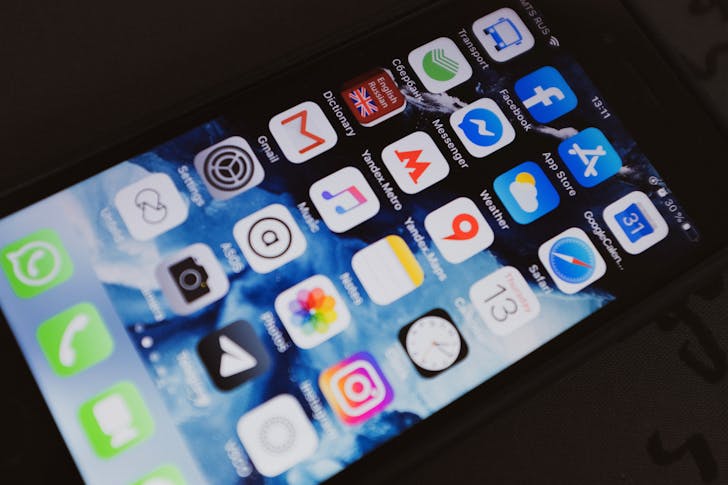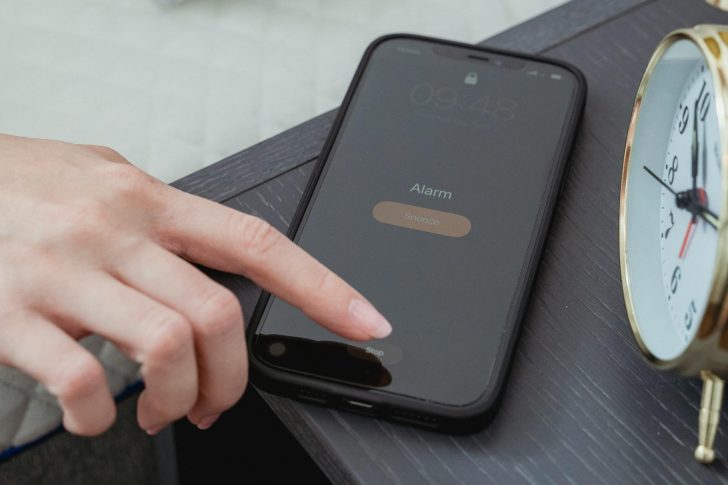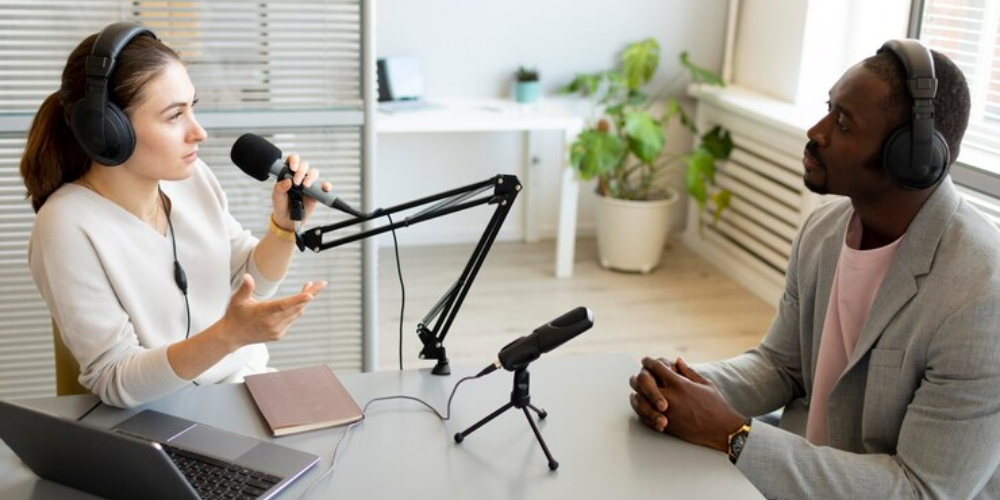In our modern society, smartphones have transformed from luxury items to essential tools that keep us connected to the world. However, they can also be major distractions, consuming hours that could be spent on more fulfilling activities. Have you ever wondered how to spend less time on the phone? Here are simple yet effective strategies to help you spend less time on your phone.
How to Spend Less Time on the Phone in 8 Simple Ways
1. Track Your Screen Time
The first step to managing your phone usage effectively is to become aware of how much time you actually spend on your device. Most smartphones have built-in tools that can provide detailed insights into your daily screen time, app usage frequency, and the most time-consuming apps. Reviewing these statistics can be quite eye-opening, revealing patterns that you may not have been aware of. With this data, you can decide where to cut back.

Charlotte May | Pexels | The first step to managing your phone usage effectively is to become aware of how much time you spend on your phone.
2. Use Phone-Free Blocks
Setting aside specific times of the day as phone-free periods can help break the constant cycle of checking your device. You can use features like "Focus Mode" or "Do Not Disturb" to block distracting notifications during these times. This practice is particularly useful during work hours or family time, helping you stay present in the moment. These scheduled blocks can gradually help you develop more disciplined phone usage habits.
3. Turn Off Notifications
Notifications are a significant distraction that can distract you from more productive tasks. Go through your apps and disable notifications for non-essential apps. Limiting alerts to only the most necessary apps—like communication tools and important reminders—reduces the chances of unnecessary distractions. This can significantly decrease the number of times you pick up your phone throughout the day.
4. Delete Infinity Pool Apps
Apps designed to keep you scrolling endlessly, such as social media and news feeds, can consume hours of your time. Evaluate which apps provide real value and which ones merely fill your time with endless content consumption. Consider deleting the latter or limiting your access to them through app limitations. Reducing your exposure to these "infinity pools" can dramatically decrease the time you spend on your phone.

ready made | Pexels | Reducing your exposure to infinity pools can dramatically decrease your time on your phone.
5. Move Apps Off Your Home Screen
Rearranging your apps so that only essential tools are immediately accessible can reduce temptation. Place distracting apps in folders or off the main home screen, making them less accessible. This small barrier can discourage habitual checking and reduce time spent on unnecessary apps. You encourage healthier phone habits by organizing your home screen around your productivity needs.
6. Use “Do Not Disturb” Mode During Focused Work
Activating "Do Not Disturb" mode during work sessions or during focused activities can help you maintain concentration. This feature blocks incoming notifications, calls, and alerts, allowing you to work undisturbed. You can customize settings to allow certain contacts to go through, ensuring you’re still reachable in emergencies. Regular use of this mode can significantly enhance your productivity and focus.
7. Set Reminders to Put Your Phone Away
Sometimes, all it takes to reduce phone usage is a simple reminder. Set alarms or notifications to remind you to put your phone down at regular intervals or after specific activities. These reminders can serve as cues to take breaks from digital screens and engage in other activities. By consciously scheduling these reminders, you can build habits of prioritizing time away from your phone.

Miriam Alonso | Pexels | Set alarms or notifications to remind you to put your phone down regularly or after specific activities.
8. Restrict Access to Distracting Apps and Features
Utilizing parental control settings or similar restrictions can help limit your access to particularly distracting features and apps. Set daily limits for specific apps or block access to them during certain times of the day. For increased accountability, consider having someone else set up these restrictions. This external control can help you stick to your goals and reduce your overall screen time.
By implementing these strategies, you can gain greater control over your phone use, allowing more time for meaningful activities and interactions.








